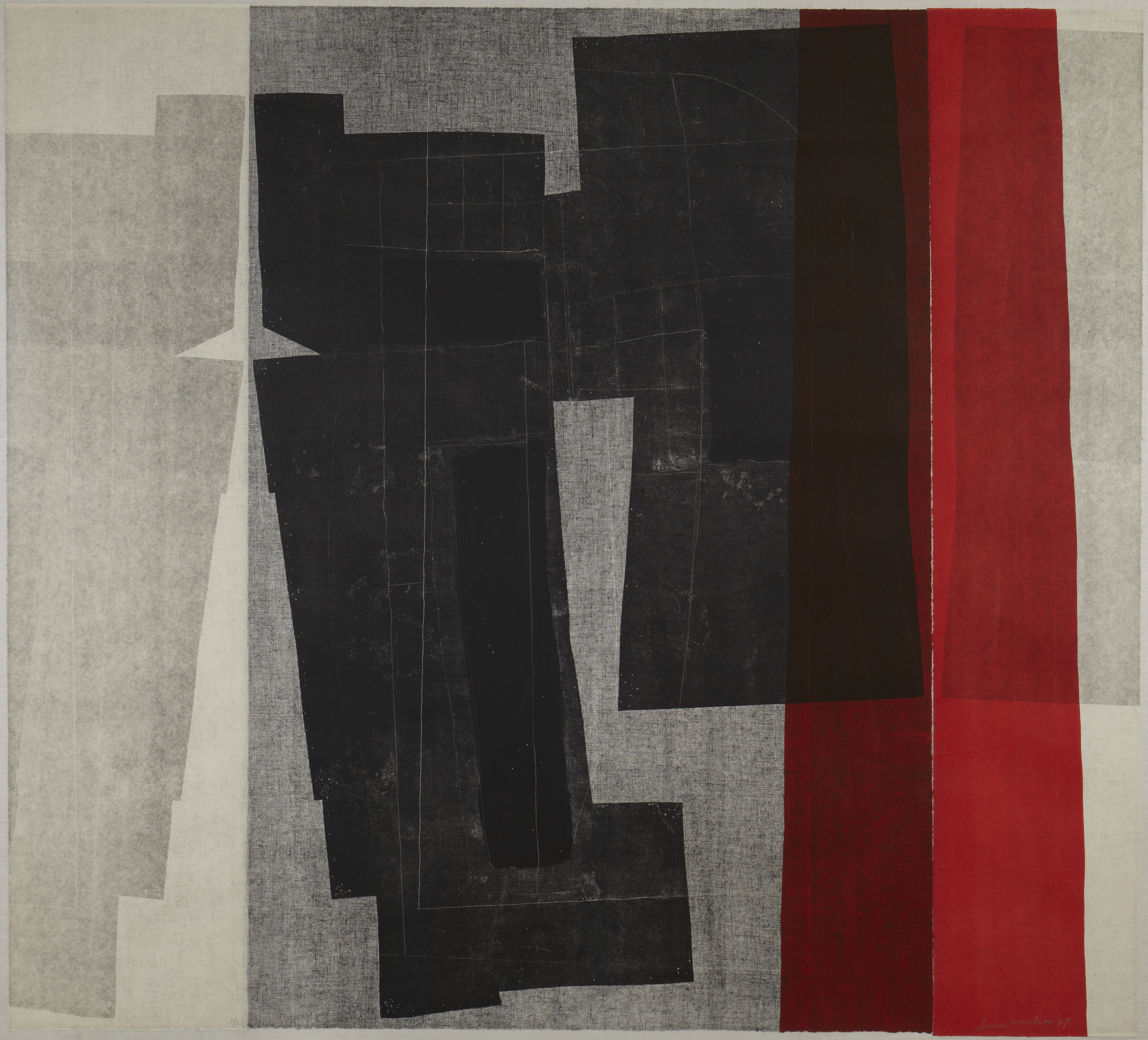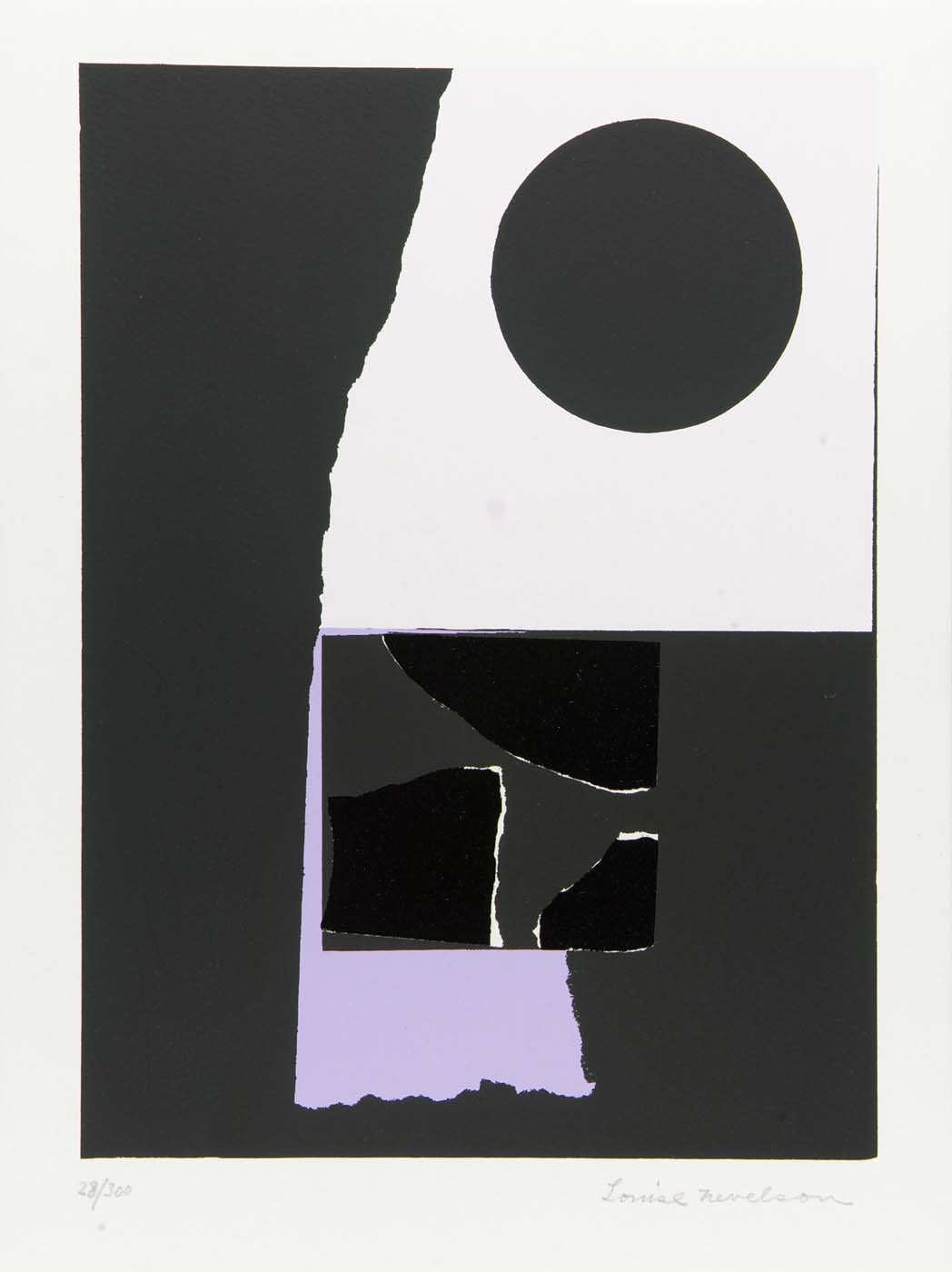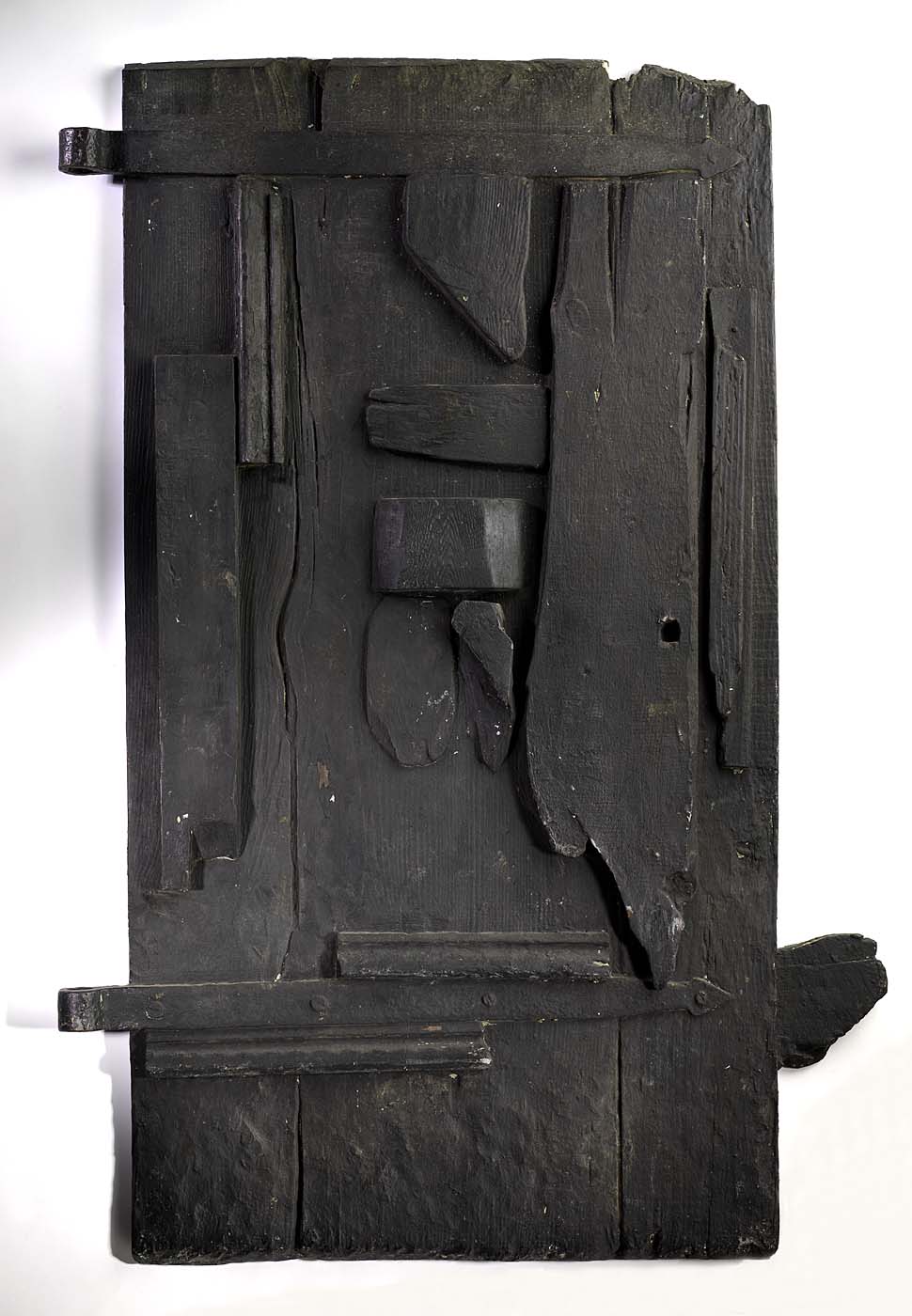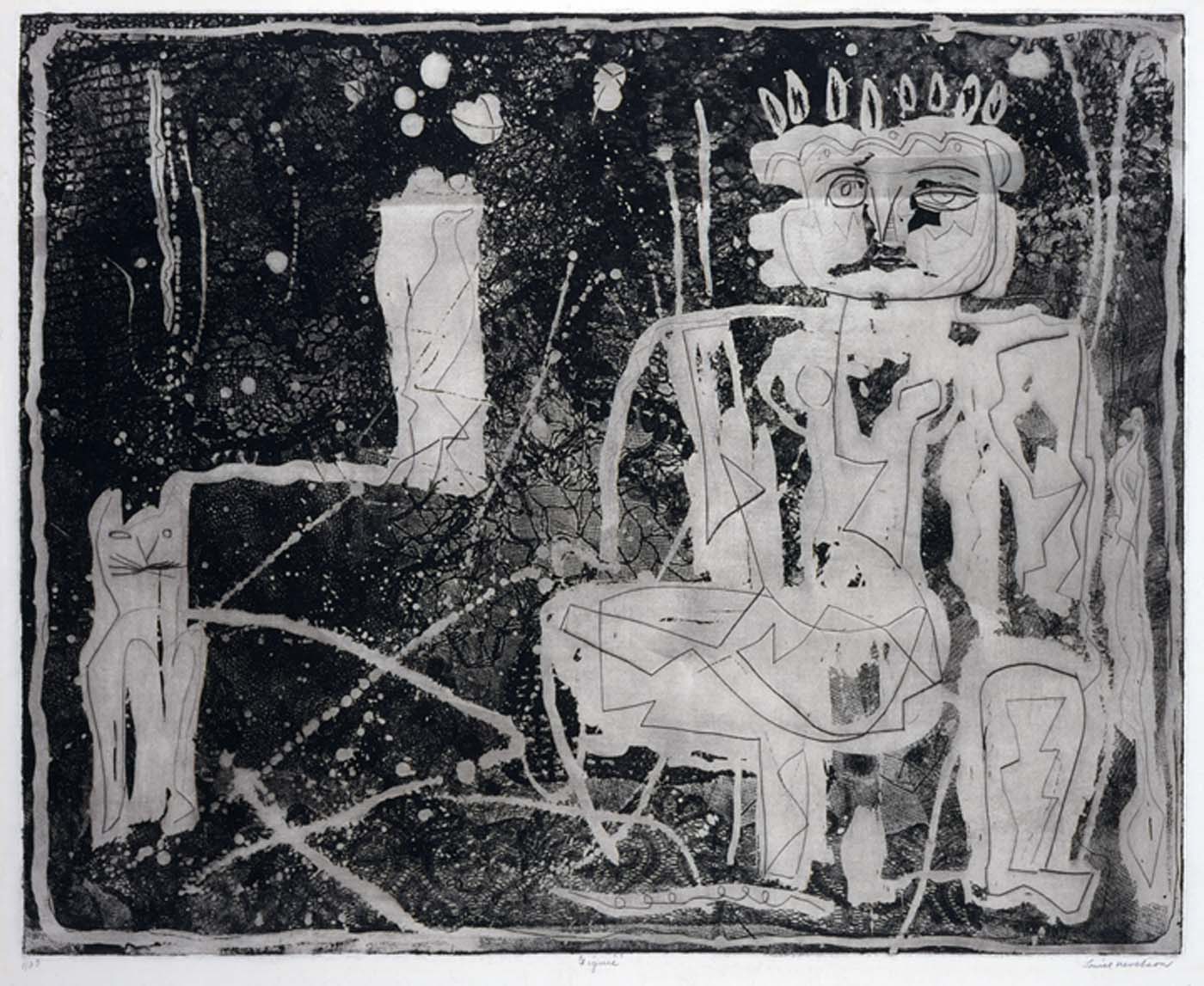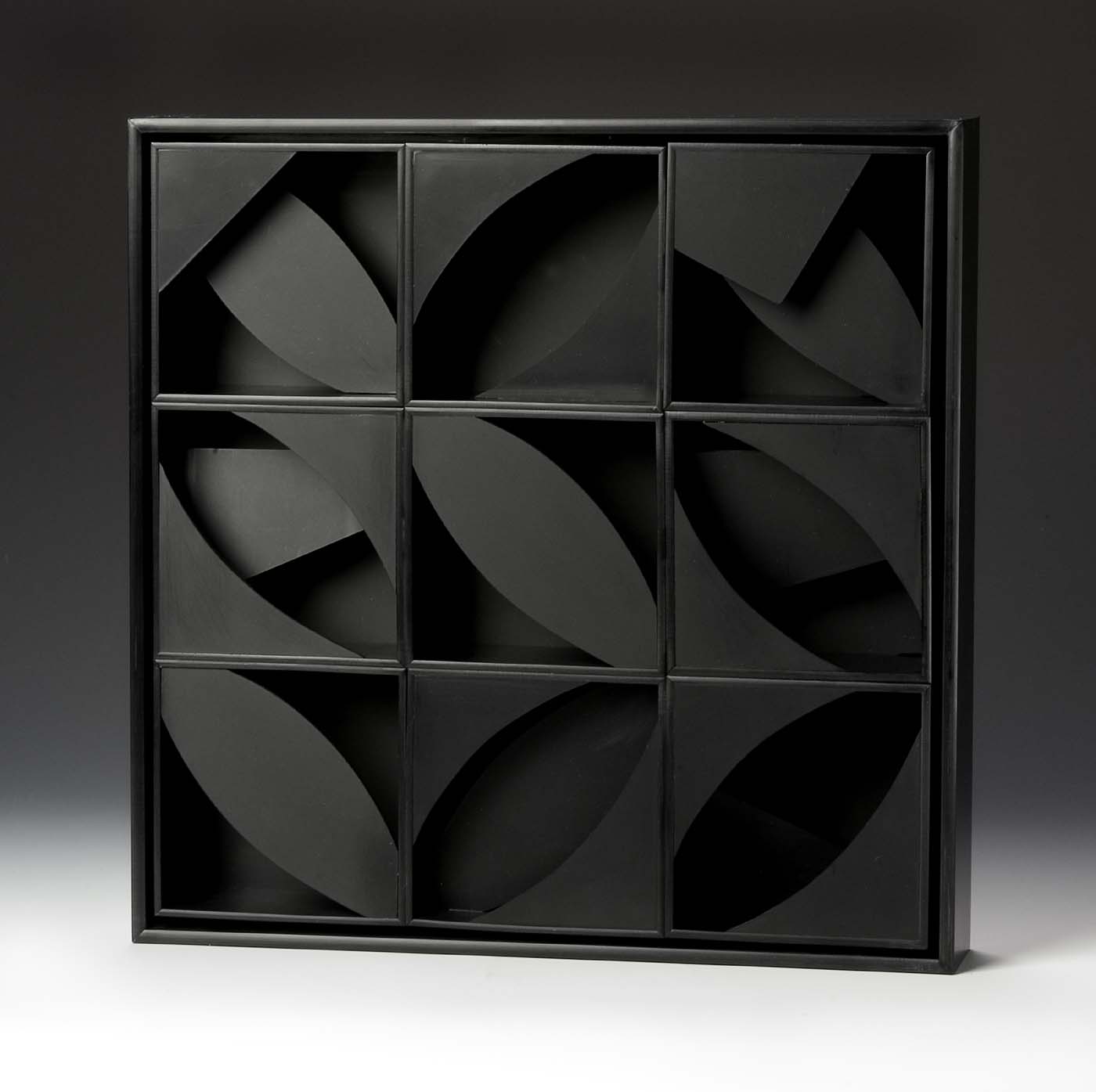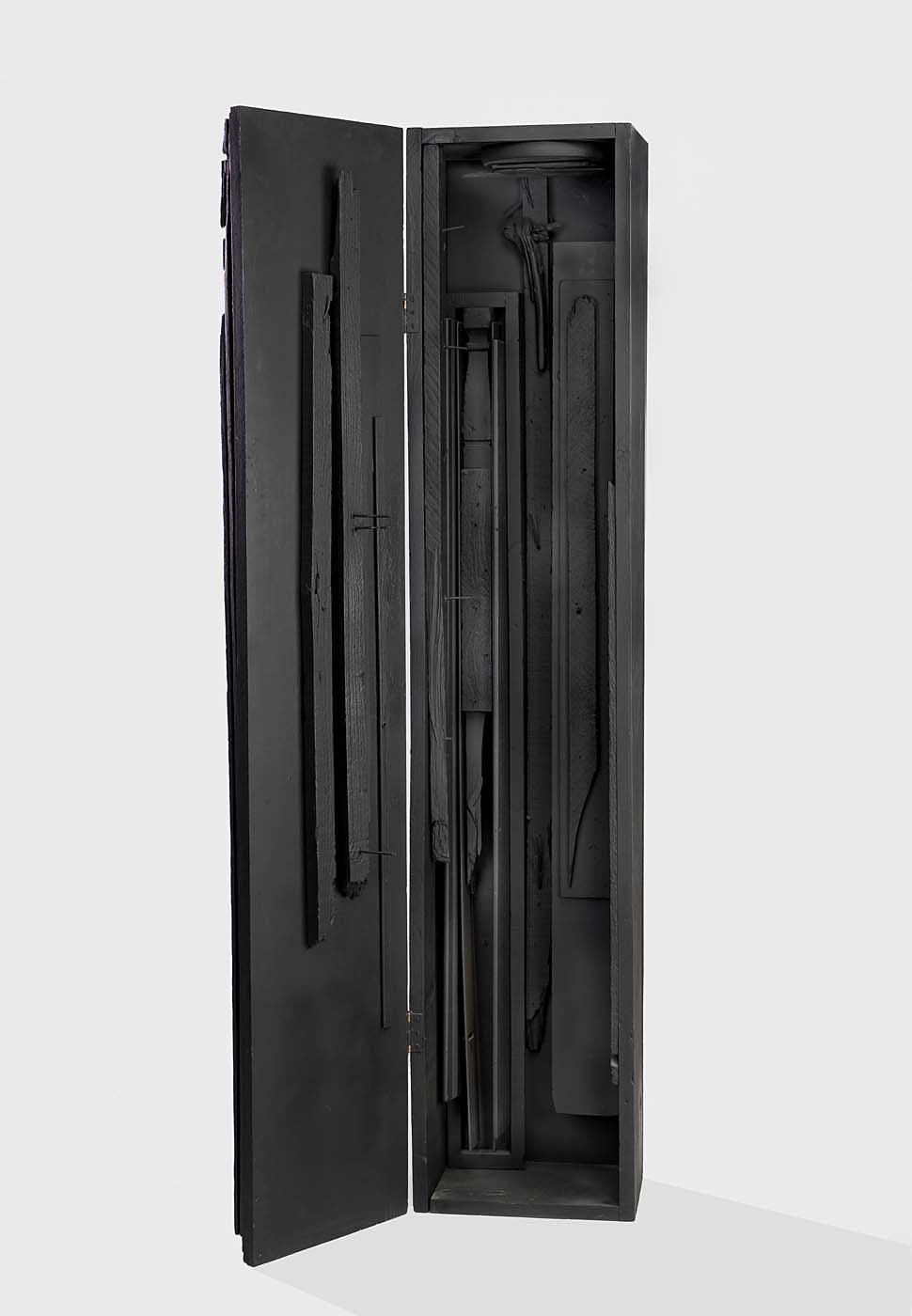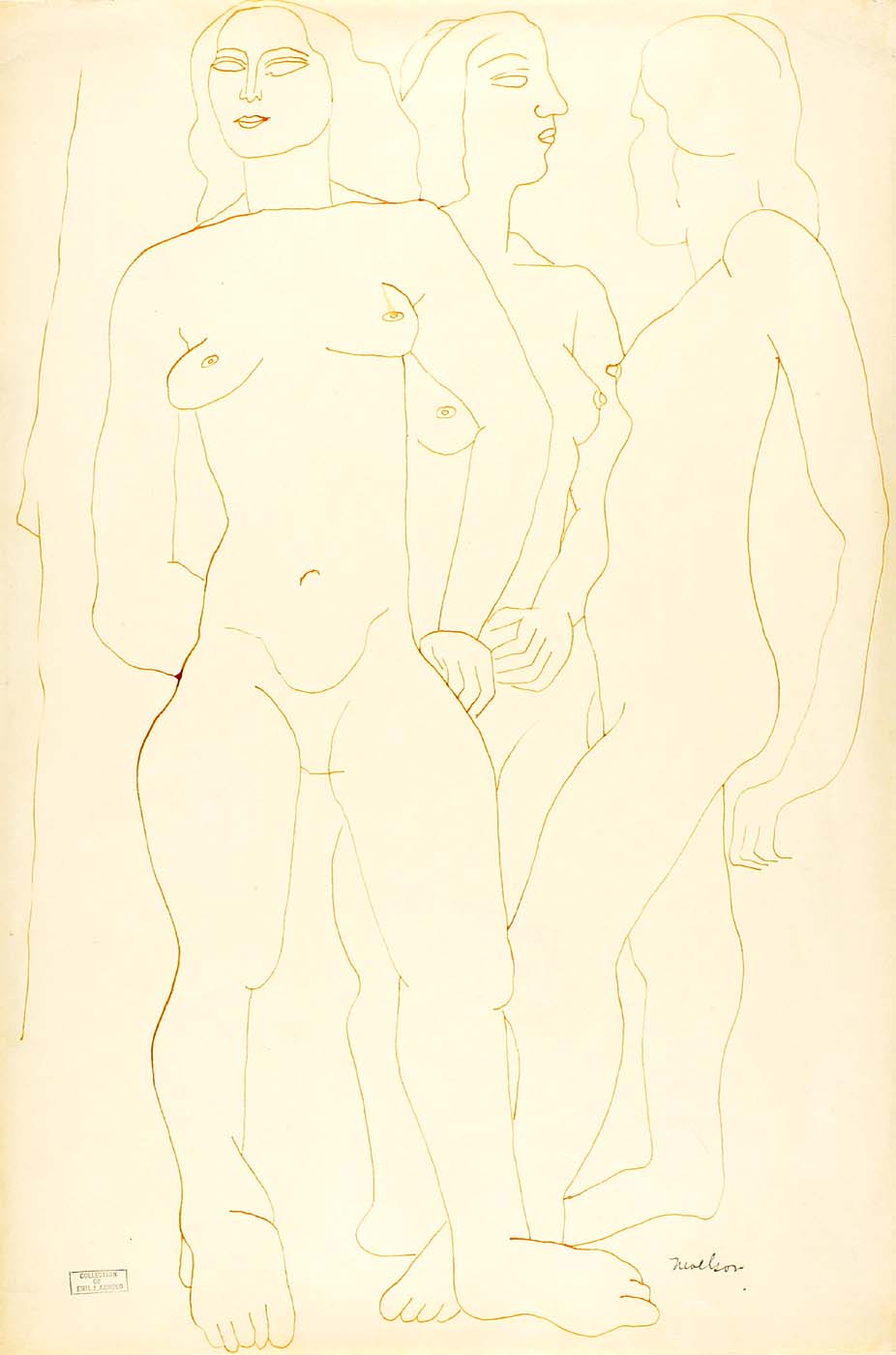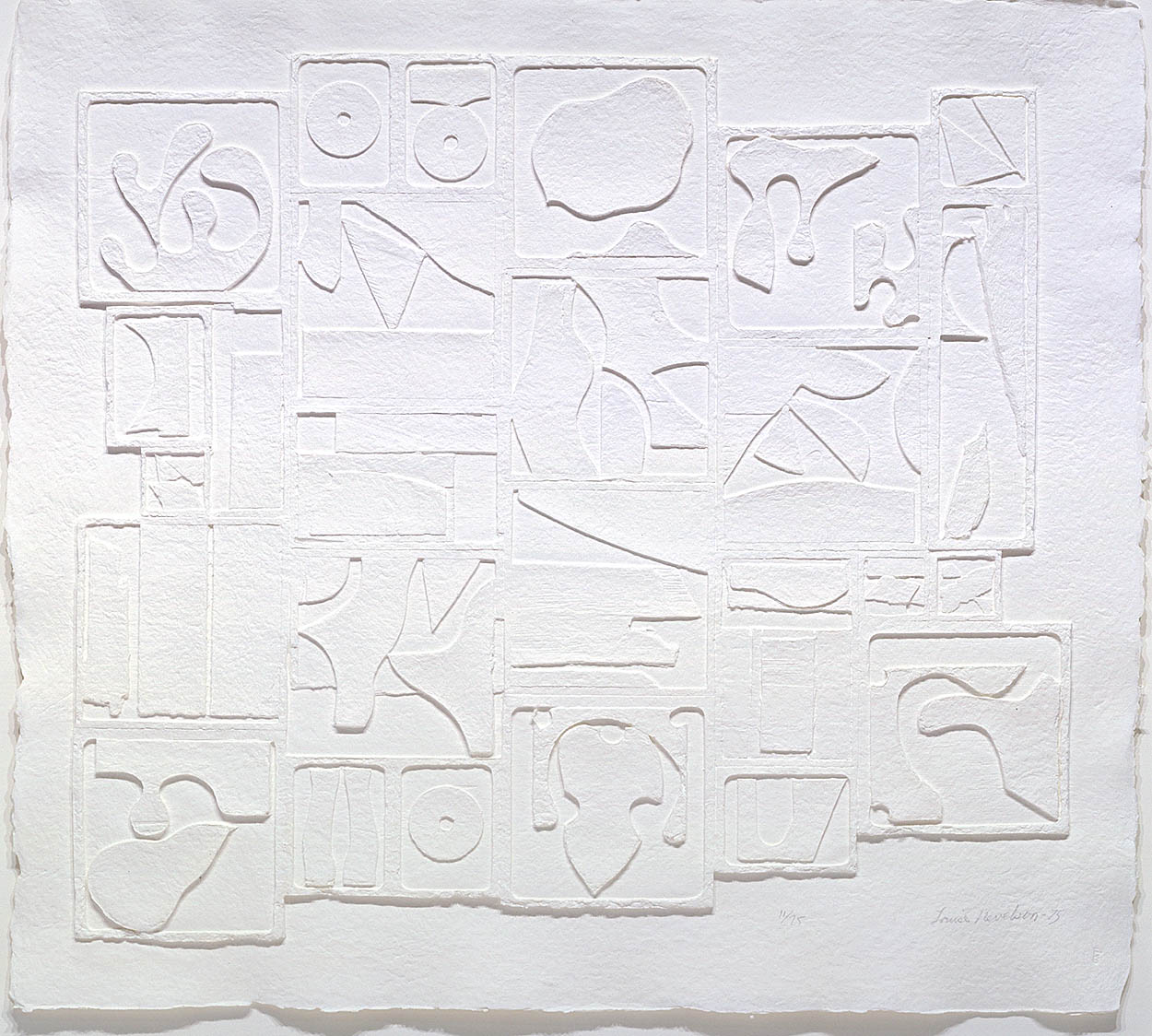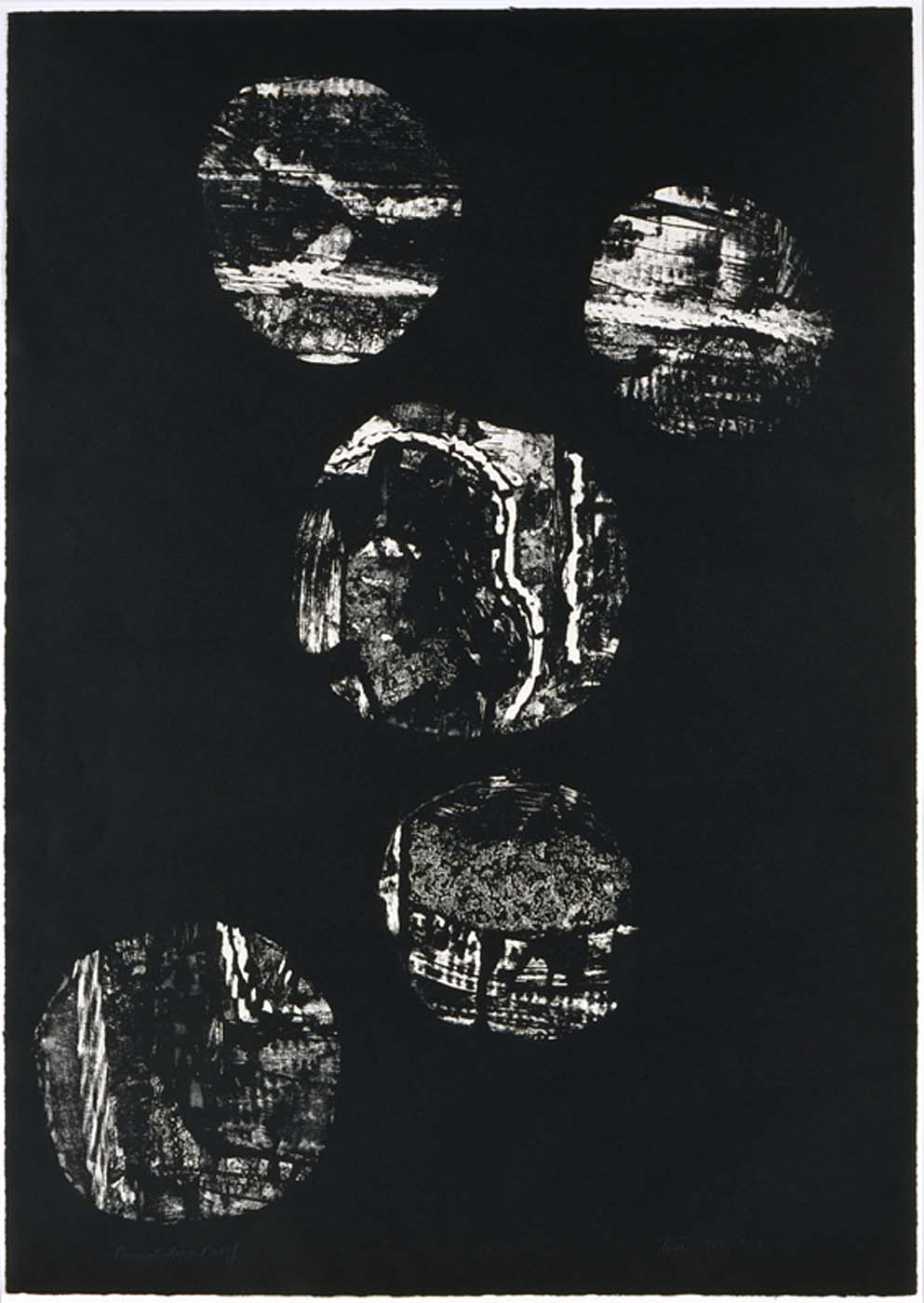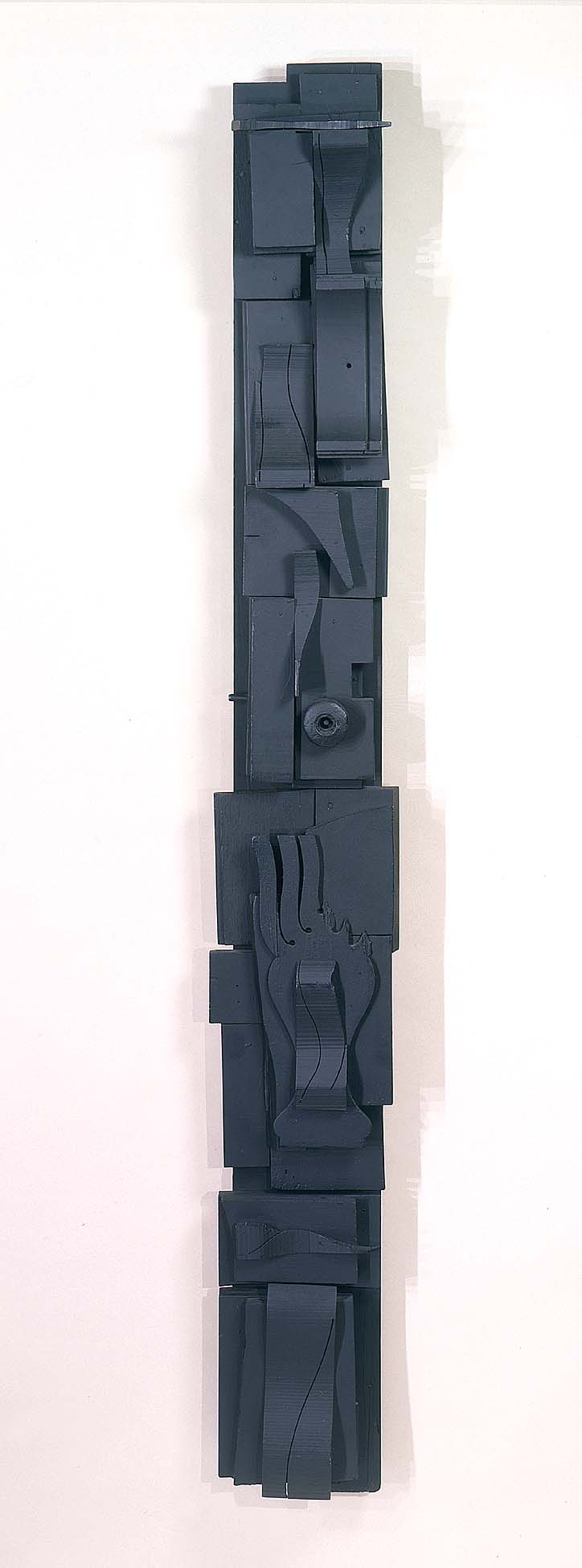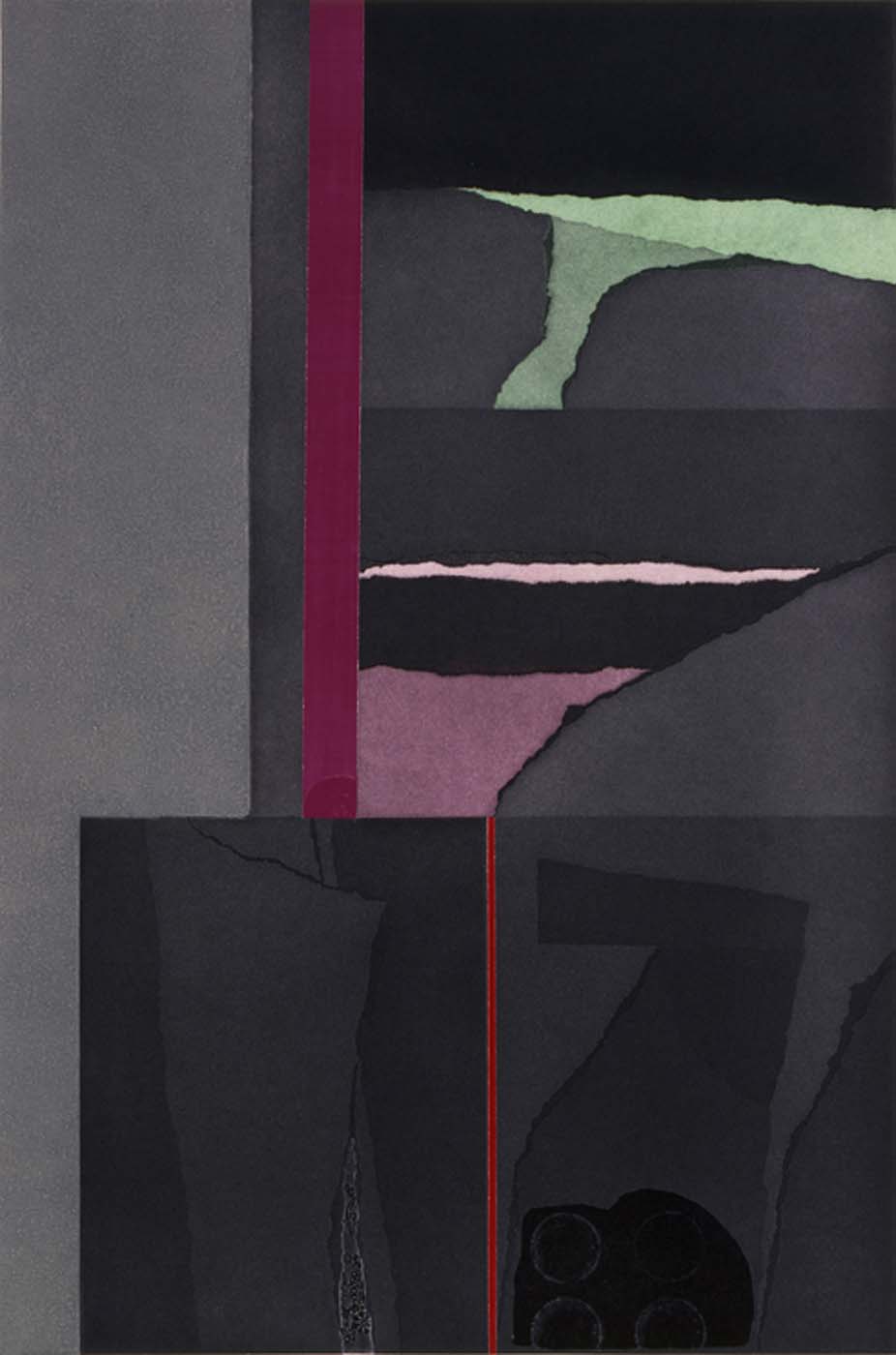Louise Nevelson
Nevelson came to the United States as a child with her family, settling first in Rockland, Maine. At age twenty she went to New York to study voice and drama as well as painting and drawing. She attended the Art Students League in 1929 and 1930, then traveled to Munich to study with Hans Hofmann. Two years later she was working as an assistant to Diego Rivera, who introduced her to pre-Columbian art; her first solo show in 1941 featured terra cotta and wood sculptures based on Mayan and other primitive imagery. Not until the mid 1950s did Nevelson's far-ranging interests coalesce into dramatically conceived constructions for which she became world-renowned. Nevelson's sculptures are about myth and mystery, and although she took motifs from the world around her, she stated that she identified with ideas "more than with nature." Although she was fascinated with the living quality of wood, in the 1960s she added plastics and formica to her repertoire of media and in the 1970s began to create monumentally scaled pieces in aluminum and steel.
Virginia M. Mecklenburg Modern American Realism: The Sara Roby Foundation Collection (Washington, D.C.: Smithsonian Institution Press for the National Museum of American Art, 1987)
Objects at Crystal Bridges Museum of American Art (1)
Objects at National Portrait Gallery (2)
Objects at Indianapolis Museum of Art at Newfields (4)
Objects at Smithsonian American Art Museum (16)
Objects at The Amon Carter (21)

Objects at Archives of American Art (21)










